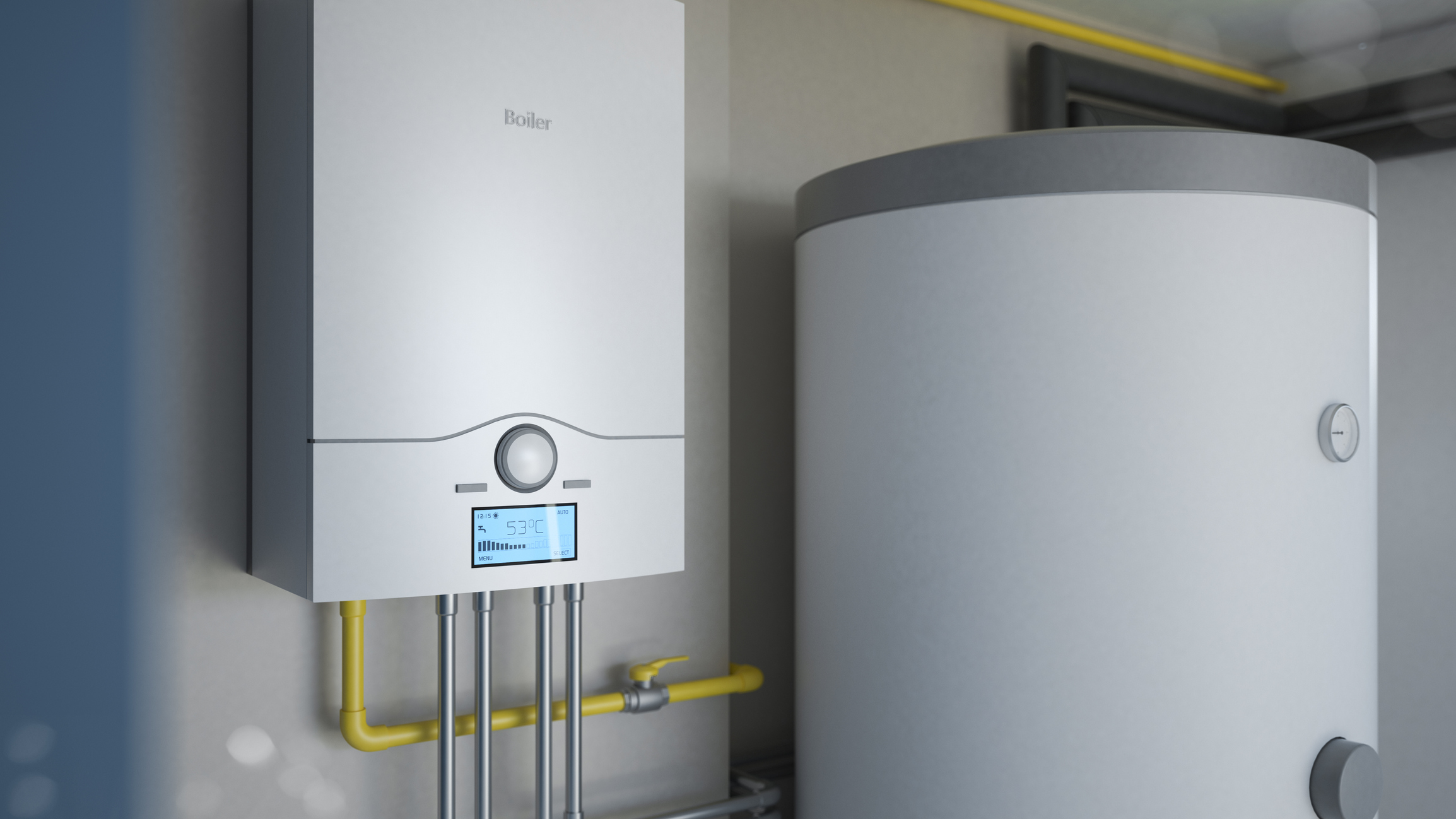We've encountered this article pertaining to How to Maintain a Hot Water Heater in a Few Simple Steps listed below on the net and think it made sense to discuss it with you on this page.

Warm water is important for day-to-day convenience, whether it's for a refreshing shower or cleaning recipes. To ensure your warm water system runs effectively and lasts much longer, regular upkeep is key. This post provides functional tips and understandings on just how to keep your home's hot water system to prevent disturbances and pricey repairs.
Introduction
Preserving your home's warm water system could seem challenging, yet with a few easy steps, you can guarantee it runs efficiently for years to come. This guide covers whatever from recognizing your hot water system to DIY upkeep pointers and knowing when to hire expert help.
Value of Keeping Your Hot Water System
Routine upkeep not just extends the life expectancy of your warm water system yet also ensures it runs successfully. Neglecting maintenance can cause lowered performance, higher energy bills, and even early failing of the system.
Indicators Your Warm Water System Demands Upkeep
Recognizing when your hot water system needs interest can stop significant concerns. Keep an eye out for indicators such as irregular water temperature, strange noises from the heater, or corroded water.
Flushing the Water Heater
Flushing your water heater gets rid of debris build-up, enhancing efficiency and prolonging its life.
Checking and Replacing Anode Rods
Anode rods avoid rust inside the storage tank. Checking and changing them when worn is vital.
Complicated Concerns Calling For Expert Assistance
Instances consist of significant leakages, electric problems, or if your hot water heater is continually underperforming.
Regular Expert Maintenance Conveniences
Expert maintenance can include detailed assessments, tune-ups, and making sure compliance with safety and security criteria.
Examining and Readjusting Temperature Level Settings
Readjusting the temperature setups makes sure optimal efficiency and security.
DIY Tips for Upkeep
You can carry out several upkeep tasks on your own to keep your hot water system in leading problem.
Checking for Leaks
Routinely inspect pipelines and connections for leakages, as these can bring about water damages and higher bills.
Recognizing Your Warm Water System
Before diving right into upkeep tasks, it's helpful to recognize the fundamental elements of your warm water system. Usually, this includes the hot water heater itself, pipelines, anode rods, and temperature level controls.
Month-to-month Maintenance Tasks
Regular month-to-month checks can assist catch small issues prior to they escalate.
Examining Pressure Alleviation Valves
Testing the stress safety valve ensures it works correctly and stops too much pressure build-up.
Insulating Pipelines
Shielding hot water pipelines reduces warm loss and can conserve energy.
When to Call a Professional
While do it yourself maintenance is valuable, some problems call for professional experience.
Conclusion
Normal maintenance of your home's hot water system is crucial for efficiency, durability, and price savings. By complying with these ideas and knowing when to seek professional help, you can make sure a trustworthy supply of hot water without unexpected interruptions.
How to Maintain an Instant Hot Water Heater
Before tinkering with your hot water heater, make sure that it’s not powered on. You also have to turn off the main circuit breaker and shut off the main gas line to prevent accidents. Also turn off the water valves connected to your unit to prevent water from flowing into and out of the appliance. 2. When you’re done, you have to detach the purge valves’ caps. These look like the letter “T” and are situated on either side of the water valves. Doing so will release any pressure that has accumulated inside the valves while at the same time avoid hot water from shooting out and burning your skin. 3. When the purge valves’ caps are removed, you have to connect your hosing lines to the valves. Your unit should have come with three hoses but if it didn’t, you can purchase these things from any hardware or home repair shops. You can also get them from retail stores that sell water heating systems. Read the user’s manual and follow it to complete this task properly. When the hosing lines are connected, open the purge port’s valves. 4. You should never use harsh chemical cleaners or solutions when cleaning your unit. Make use of white vinegar instead. It should be undiluted and you’ll probably use about 2 gallons. 5. Now flush your water heater. This task should probably take about 40 minutes. We can’t give you specific directions for this because the procedure is carried out depending on the type, model and brand of your heater. With that being said, refer to the user’s manual. 6. When you’re done draining the unit, you have to turn off the purge port valves again. Remove the hosing lines that you earlier installed on each of the water valves. Put the valve caps (purge port) back in their respective places and be very careful so as not to damage the rubber discs that are found inside these caps. 7. Now that everything’s back in place, check your user’s manual again to find out how to reactivate your water heating system. 8. Once it is working, turn one of your hot water faucets on just to let air pass through the heater’s water supply pipes. Leave the tap on until water flows smoothly out of it. https://www.orrplumbing.com/blog/2014/september/how-to-maintain-an-instant-hot-water-heater/

I came across that blog post on What Kind of Maintenance Do Water Heaters Need? while looking around the internet. Enjoyed our write-up? Please quickly share it. Help somebody else find it. Kudos for your time. Don't hesitate to come visit our blog back soon.
Call Today